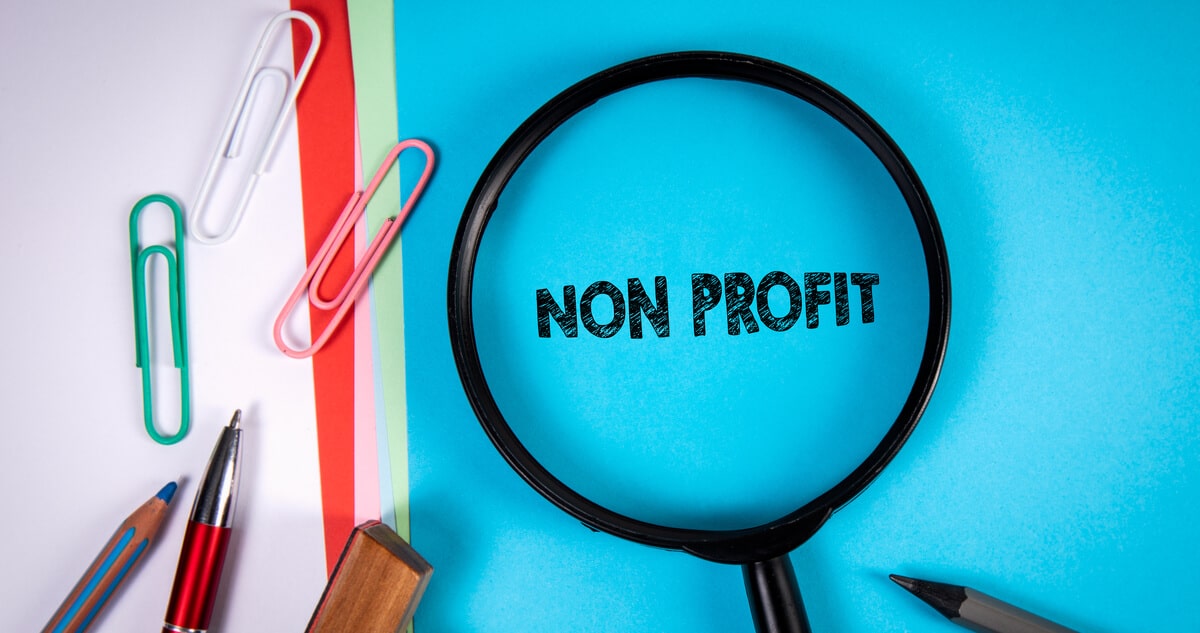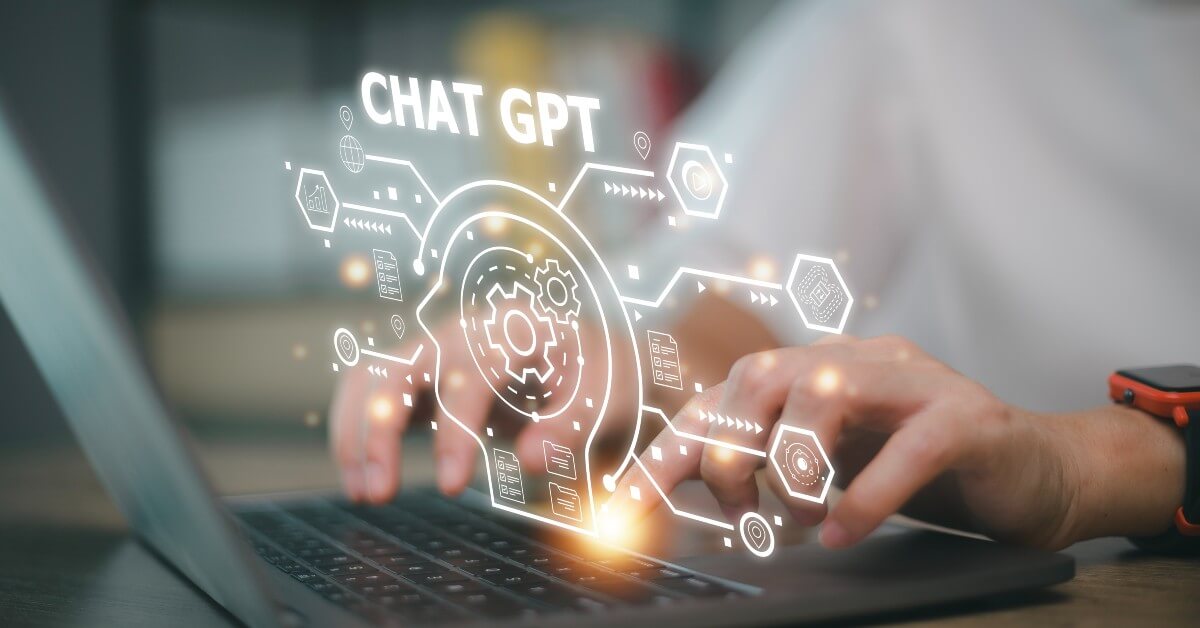TYSONS OFFICE
CORONAVIRUS RELIEF ALERT — CARES Act Alert #15: Rule for PPP Second Draw: PPP Open Again for Business

On January 6, 2021, the Small Business Administration (SBA) released a rule to guide borrowers and lenders on how it will implement the second iteration of financial assistance to struggling small businesses and non-profits under the Paycheck Protection Program (PPP). See Interim Final Rule (IFR-Second Draw). On December 27, 2020, the President signed the Consolidated Appropriations Act, 2021. See Public Law 116-260 (enacting House Res. 133, H. Print 116-68). This 5,593-page law includes the Economic Aid to Hard-Hit Small Businesses Nonprofits, and Venues Act (Division N, Title III), which revives the PPP through the end of March.
This new round of the PPP allows first time borrowers to apply for assistance under the previous guidelines (with a few exceptions) and allows previous PPP borrowers to apply for a second PPP loan under new restrictions. As outlined in CARES Alert #14, the main differences in this second tranche of funding focus on (1) targeting relief to smaller businesses and non-profits (those that employ 300 employees or less), (2) requiring the prospective borrower to demonstrate revenue losses of at least 25 percent, and (3) decreasing the maximum loan size to $2 million. In addition, the new law expands PPP eligibility to 501(c)(6) associations and small news organizations.
Most of the existing PPP procedures outlined in our CARES Alerts remain in effect. For example, the SBA will continue to use its existing nationwide network of private lenders to deliver these loans, which will not require collateral, personal guarantees, and “no credit elsewhere” as typically required in regular SBA 7(a) loan process. The new law also endorses the current SBA rule on the PPP eligibility of churches and other faith-based organizations (FBOs) and bans any future administrative attempt to overturn this eligibility determination. The latest IFR reiterates the exemption of faith-based organizations (FBOs) from SBA affiliation standards where these rules would substantially burden those organization’s religious exercise and prohibits the SBA from assessing the reasonableness of the FBOs determination.
A key change in the second round of the PPP requires the borrower to demonstrate a need for the loan. The new law is limited to borrowers that have experienced a revenue loss of at least 25 percent in 2020 relative to 2019. A borrower must calculate this revenue reduction by comparing the borrower’s quarterly gross receipts for one quarter in 2020 with the its gross receipts for the corresponding quarter of 2019. The borrower can select any quarter. For example, a borrower with gross receipts of $50,000 in the second quarter of 2019 and gross receipts of $30,000 in the second quarter of 2020 has demonstrated a revenue loss of 40 percent and is therefore eligible for a Second Draw PPP loan (assuming all other eligibility criteria are met).
The law does not define gross receipts. For small businesses, existing SBA regulations capture the kind of income that is typically included in a small business’s gross receipts. For nonprofits, the SBA’s IFR-Second Draw references Section 6033 of the Internal Revenue Code to define “gross receipts,” which includes terms such as contributions and gifts. The IFR further clarifies that any amount forgiven from the “First Draw” PPP loan that a borrower received in 2020 is excluded from a borrower’s gross receipts for calculation of a “Second Draw.”
The documentation required to substantiate an applicant’s payroll cost calculations is generally the same as documentation required for First Draw PPP loans. And no additional documentation to substantiate payroll costs will be required if the applicant (1) used 2019 figures to determine its First Draw PPP loan amount, (2) used 2019 figures to determine its Second Draw PPP loan amount (instead of 2020), and (3) the lender for the applicant’s Second Draw PPP loan is the same as for the applicant’s First Draw PPP loan. In such cases, additional documentation is not required by the SBA because the lender already has the relevant documentation supporting the borrower’s payroll costs. For loans greater than $150,000, the borrower must also submit documentation adequate to establish that the applicant experienced a revenue reduction of 25 percent or greater in 2020 relative to 2019. Such documentation may include relevant tax forms, quarterly financial statements, or bank statements. For loans less than $150,000, such documentation is not required at the time the borrower submits its application for a loan but must be submitted on or before the date the borrower applies for loan forgiveness.
The PPP loan program is scheduled to expire in less than three months on March 31, 2021. Congress appropriated $325 billion to help struggling small entities now, at a time when many communities are experiencing a new round of restrictions to combat the resurgent pandemic. Because the new law prioritizes assistance to the smallest entities (those that employ 10 workers or less) from low- to moderate-income neighborhoods who are seeking loans under $250,000, the SBA will initially only accept loan applications from community financial institutions for first-time PPP borrowers starting on Monday, January 11, 2021. For second-time borrowers, the SBA will initially only accept applications from community financial institutions starting on January 13, 2021. The PPP will then open to all participating lenders for both the First Draw and Second Draw PPP loans shortly thereafter. Some media outlets are reporting it could only a few days before the program is open to every applicant. If your small entity meets any of the abovementioned criteria, even if you did not apply for a PPP loan in the past, please utilize this assistance to help tide you over during these tough times.
To explain key relief for 501(c)(3) non-profits and small businesses in the CARES Act (complete text) and related legislation, including the Economic Aid Act (Title III of Division N of the Consolidated Appropriations Act of 2021, complete text), we published our CARES Alert #1 (Help for Small Businesses & 501(c)(3)s via the PPP); CARES Alert #2 (Get Ready to Apply); CARES Alert #3 (PPP vs EIDL), CARES Alert #4 (Treasury Guidance), CARES Alert #5 (SBA’s Interim Final Rule), CARES Alert #6 (IFR on Affiliation & Religious Nonprofits); CARES Alert #7 (FBO Guidance), CARES Alert #8 (Unemployment Benefits, including FBOs); CARES Alert #9 (Safe Harbor Guidance); CARES Alert #10 (Fixes to the PPP); CARES Alert #11 (New EZ PPP Forgiveness Application); CARES Alert #12 (PPP Application Deadline Extended); CARES Alert #13 (PPP Forgiveness FAQs); and CARES Alert #14 (PPP Second Draw).
Our CARES Act Team is available to help you navigate these difficult issues, including the unique issues faced by nonprofits, religious organizations, and churches. For assistance, please contact one of our designated attorneys: Nancy LeSourd, Matthew Szymanski, Scott Ward, or Derek Gaubatz. Our CARES Act Team also includes our non-attorney consultant Phil Eskeland. Mr. Szymanski and Mr. Eskeland bring experience from their past service, respectively, as the chief of staff and the deputy chief of staff of the Small Business Committee of the U.S. House of Representatives, including during the legislative response to 9/11.





